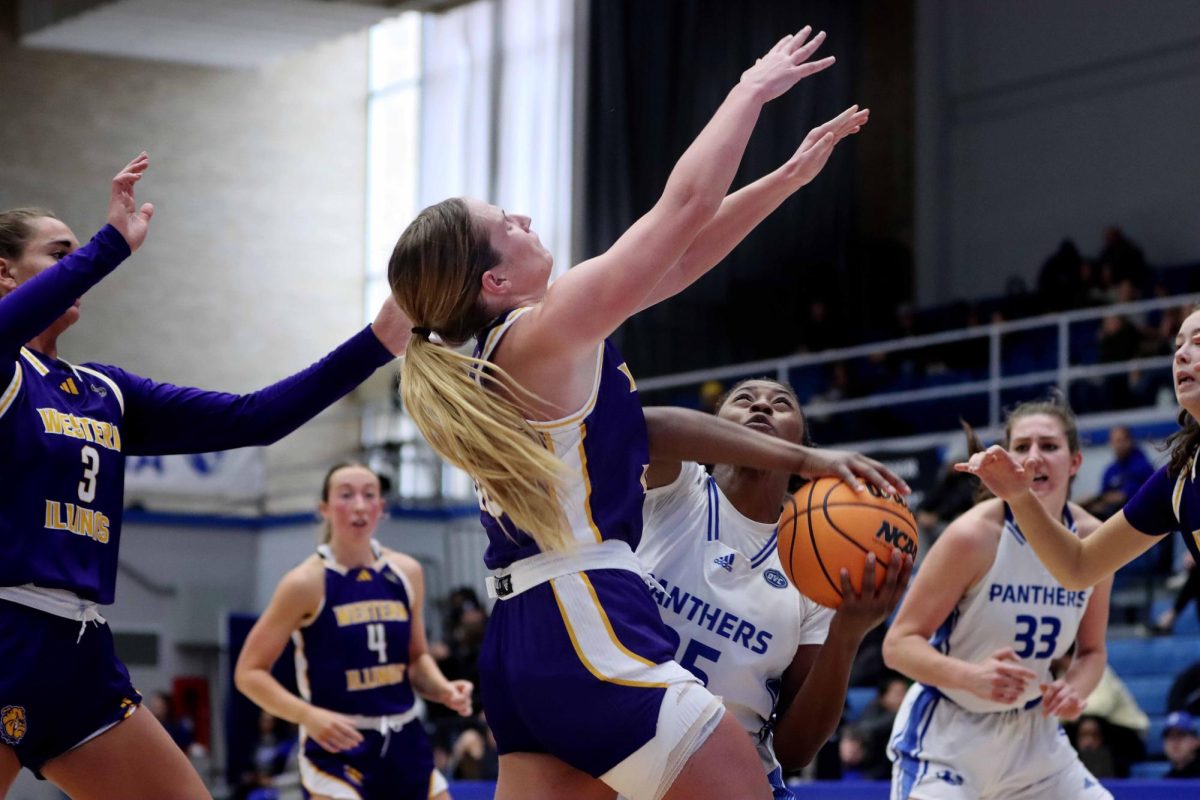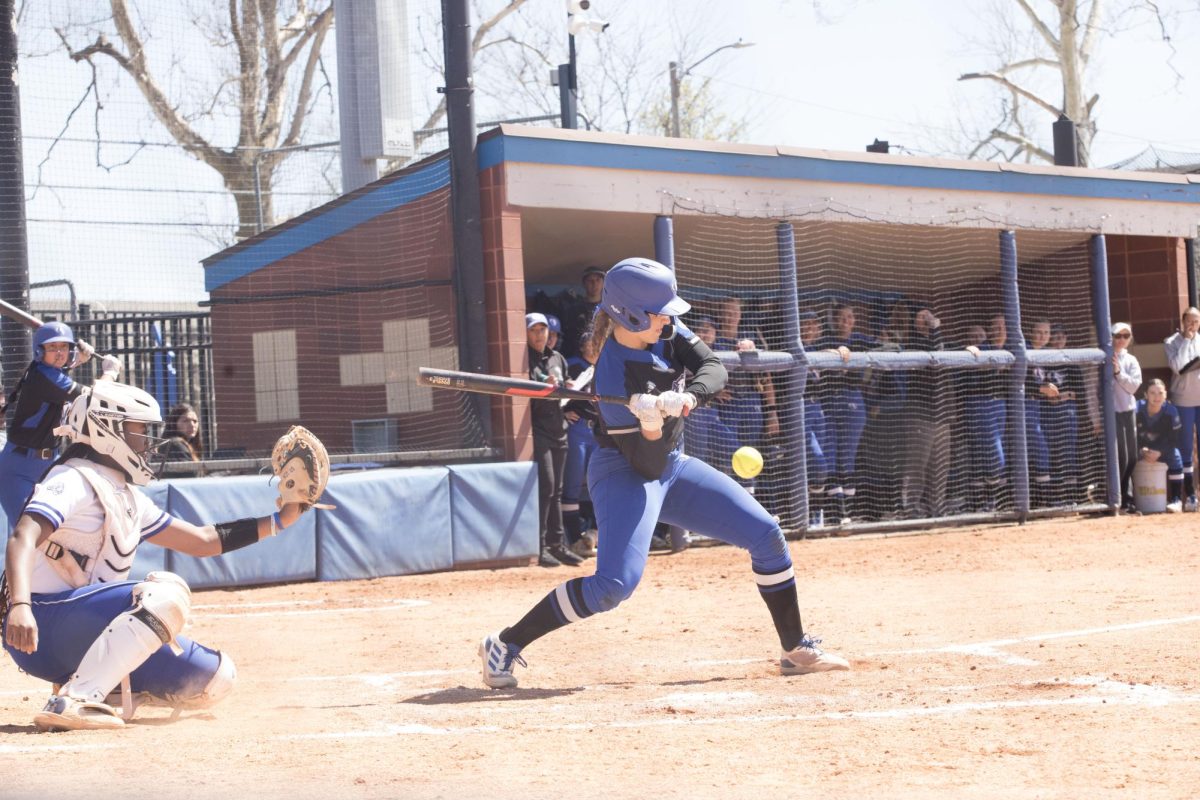Five options proposed for university funding
President Bill Perry said he appreciated the approach the Illinois Board of Higher Education took to creating budget recommendations for the 2009 fiscal year.
IBHE approved five budget options for state legislators to consider when creating the state budget for the 2009 fiscal year at its Feb. 5 meeting.
Perry said the five-option approach allows legislators to see what the different levels of investments will do for the state’s public universities.
The five options ranged from not adding to the university’s 1.9 percent increase during the 2008 fiscal year to a 6.7 percent increase for each public university.
“For my perspective, step three is a step in the right direction,” Perry said. “It’s steps four and five that really give us significant increases and helps us on the affordability issue.”
He would ideally like to see steps four or five factored into the state budget for fiscal year 2009, which begins July 1, Perry said.
Step four would call for a 5.6 percent increase for each public university, resulting in a total of about $1.42 billion. In contrast, state appropriations for 2008 totaled around $1.35 billion.
Perry said step four would address the quality of education and the affordability of education issues for Illinois public universities.
This option would begin to address the difference between average faculty salaries at Illinois public universities and their peer institutions without having large increases in tuition, according to IBHE’s explanation of the five budget options.
Step five has a 6.7 percent increase with a total amount of around $1.44 billion. The plan addresses the faculty salary issue along with a $5 million investment for new and expanded nursing programs.
Eastern’s nursing program does not receive state funding, and step five would help alleviate some financial pressure of the program, Perry said.
Both options would continue to reverse the trends of the past, he said. Illinois public universities saw a drop in state funding because of economic woes a few years back.
In fact, Eastern’s state appropriations dropped from around $51.9 million in 2003 to around $47.6 million in 2004.
After the decrease in state funds from 2003 to 2004, state appropriations for Eastern were leveled around the $47 million mark for a few years, Perry said. Funding started to increase slightly through the past year or so, he added.
“This would continue the increase, which would be very welcomed,” Perry said of his two favored choices.
Perry said Gov. Rod Blagojevich and the General Assembly has to factor in other priorities like health care and kindergarten-through-12th-grade education when creating the budget for the upcoming fiscal year. Because of that, he added, the outcome for state funding for Illinois public universities could fall anywhere among the five options.
State legislators typically start planning and developing the upcoming fiscal year budget in March.
Highlights of steps one through three (steps not covered in the article), according to IBHE’s explanation of the five steps:
Step one: A 0 percent increase from fiscal year 2008, totaling around $1.348 billion in state appropriations to public universities. The step has a $1.35 billion investment in teaching, research and public service.
Step two: A 1 percent increase from FY08, totaling around $1.36 billion in state appropriations to pubic universities.
Step three: A 2.7 percent increase from
FY08, totaling around $1.38 billion in state appropriations to public universities. The step would help create competitive faculty and staff salaries, which would help maintain and improve the quality of education and the affordability of education with public universities.
Stephen Di Benedetto can be reached at 581-7942 or at sdibenedetto@eiu.edu.





































































